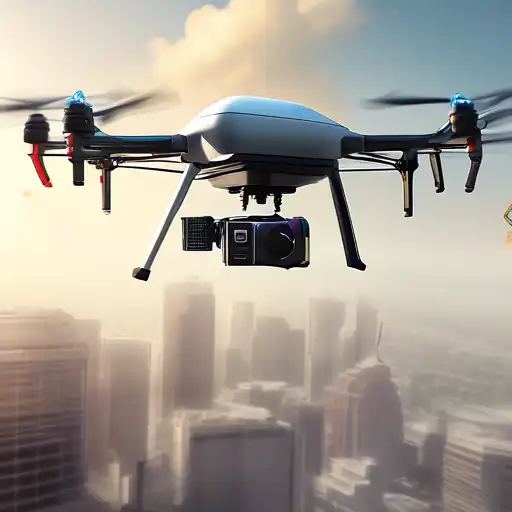The Rise of Commercial Drones
Commercial drones, also known as unmanned aerial vehicles (UAVs), have seen a meteoric rise in popularity and utility across various industries. From agriculture to real estate, and from delivery services to cinematography, drones are revolutionizing the way businesses operate. This surge in drone usage is not just a trend but a significant shift towards more efficient, cost-effective, and innovative business solutions.
Opportunities Presented by Commercial Drones
The opportunities that commercial drones offer are vast and varied. In agriculture, drones are used for crop monitoring, spraying pesticides, and even planting seeds. In the construction industry, they provide aerial surveys and inspections, saving time and reducing risks. Delivery services are experimenting with drones to reduce delivery times and costs, especially in hard-to-reach areas. Moreover, drones have opened new avenues in photography and videography, offering unique perspectives that were previously impossible or prohibitively expensive to achieve.
Understanding the Regulations
With the increasing use of commercial drones, governments worldwide have implemented regulations to ensure safety, privacy, and security. In the United States, the Federal Aviation Administration (FAA) requires commercial drone operators to obtain a Part 107 certification. This certification ensures that operators understand airspace regulations, operating requirements, and safety procedures. Similarly, in the European Union, the European Union Aviation Safety Agency (EASA) has established a framework for drone operations, categorizing them based on risk levels.
Navigating the Challenges
Despite the opportunities, commercial drone operators face several challenges. Regulatory compliance can be complex and varies by country, making it difficult for businesses operating internationally. Privacy concerns are another significant issue, as drones can capture images and videos without consent. Additionally, the risk of accidents and collisions with other aircraft poses safety concerns that must be addressed through strict regulations and operator training.
Future Prospects
The future of commercial drones looks promising, with advancements in technology paving the way for more sophisticated applications. Innovations such as beyond visual line of sight (BVLOS) operations and drone traffic management systems are expected to further expand the capabilities and uses of commercial drones. As regulations evolve to keep pace with technology, the commercial drone industry is set to grow exponentially, offering unprecedented opportunities for businesses willing to embrace this technology.
For more insights into how technology is transforming industries, check out our article on Tech Transformations.
Conclusion
Commercial drones represent a significant technological advancement with the potential to transform numerous industries. However, realizing this potential requires navigating the complex landscape of regulations and addressing the challenges head-on. By staying informed and compliant, businesses can leverage drones to gain a competitive edge, improve efficiency, and unlock new opportunities.
